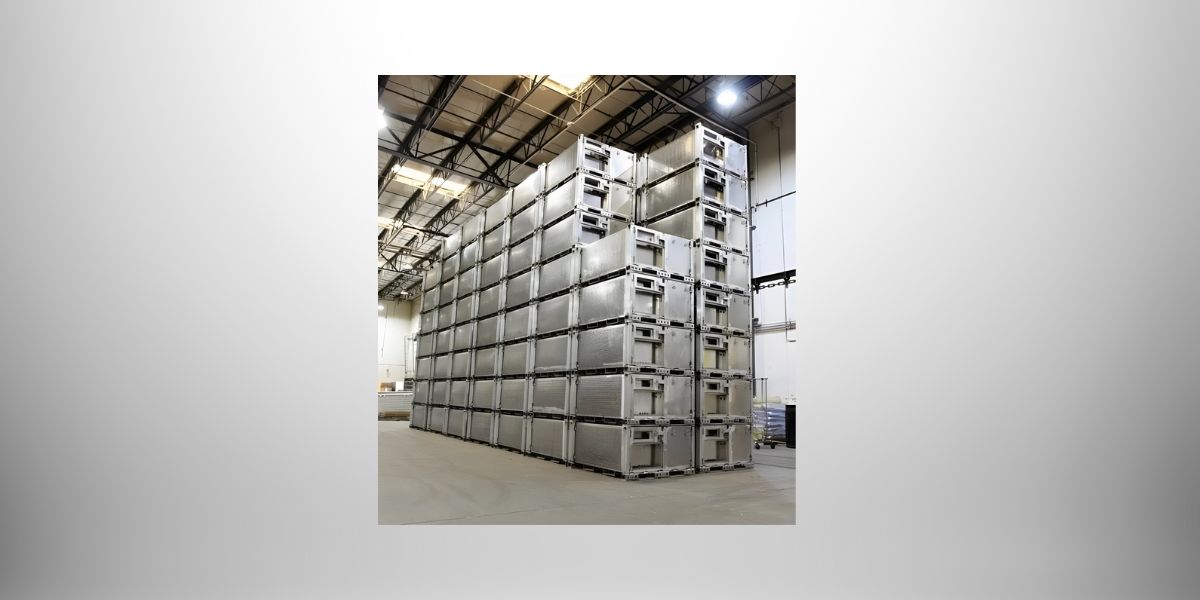Keeping important documents organized saves time, reduces stress, and ensures easy access when needed. Having a structured system prevents clutter and lost files, whether it’s financial records, legal papers, or personal documents. Proper organization also protects sensitive information, especially when disposing of unnecessary paperwork using a paper shredder. Here are ten practical tips to organize and categorize your essential documents.
1. Gather All Your Documents
The first step is collecting all your documents in one place. Go through drawers, shelves, and storage boxes to gather everything. This allows you to see what you have, identify duplicates, and determine what needs to be kept or discarded.
2. Sort Documents into Categories
Categorizing documents makes retrieval easier. Common categories include:
- Personal Documents – Birth certificates, passports, social security cards, and medical records.
- Financial Records – Bank statements, tax documents, credit reports, and loan agreements.
- Legal Papers – Wills, property deeds, contracts, and insurance policies.
- Work and Business Documents – Employment records, business licenses, and investment details.
3. Use a Filing System
Choose a filing system that suits your needs. Options include:
- Physical Folders and Cabinets – Labeled folders stored in a filing cabinet for easy access.
- Binders – Ideal for organizing documents by category with dividers for different sections.
- Digital Storage – Scanning documents and saving them in cloud storage or on a hard drive for backup.
4. Label Everything Clearly
Clearly labeling folders, binders, and digital files prevents confusion. Use color-coded labels for quick identification. For example, use blue for financial records, red for legal documents, and green for medical papers.
5. Store Important Documents Securely
Sensitive documents should be kept in a secure location. Use:
- A Fireproof and Waterproof Safe – Protects vital records from damage.
- A Locked Filing Cabinet – Keeps unauthorized people from accessing confidential information.
- Encrypted Digital Storage – Ensures online security for scanned copies.
6. Regularly Review and Declutter
Set a schedule to review your files every few months. Discard outdated or unnecessary documents. When disposing of confidential paperwork, use a paper shredder to prevent identity theft and protect sensitive information.
7. Digitize Important Documents
Scanning and storing documents digitally provides backup in case of loss or damage. Save files on:
- Cloud Storage Services – Google Drive, Dropbox, or OneDrive for easy access from anywhere.
- External Hard Drives – A reliable offline backup solution.
- USB Drives – Convenient for storing essential files on the go.
8. Keep a Checklist of Essential Documents
A checklist helps track important papers and ensures nothing gets misplaced. Include details like renewal dates for IDs, insurance policies, and tax deadlines. This makes it easier to stay on top of paperwork.
9. Maintain a System for Incoming Documents
Create a routine for handling new documents. Decide what needs immediate filing, what should be scanned, and what can be discarded. A dedicated tray or folder for incoming paperwork prevents piles from building up.
10. Share Access to Key Documents
In emergencies, trusted family members or legal representatives should know where critical documents are stored. If storing files digitally, set up shared access or provide instructions on how to retrieve them securely.
Final Thoughts
Organizing essential documents reduces clutter and ensures everything is easily accessible. Using secure storage, maintaining a filing system, and regularly decluttering paperwork keeps everything in order. Always use a paper shredder to protect your personal information when disposing of unnecessary documents. Implementing these strategies will save time and prevent the stress of searching for lost files.
Published by Anne C.









